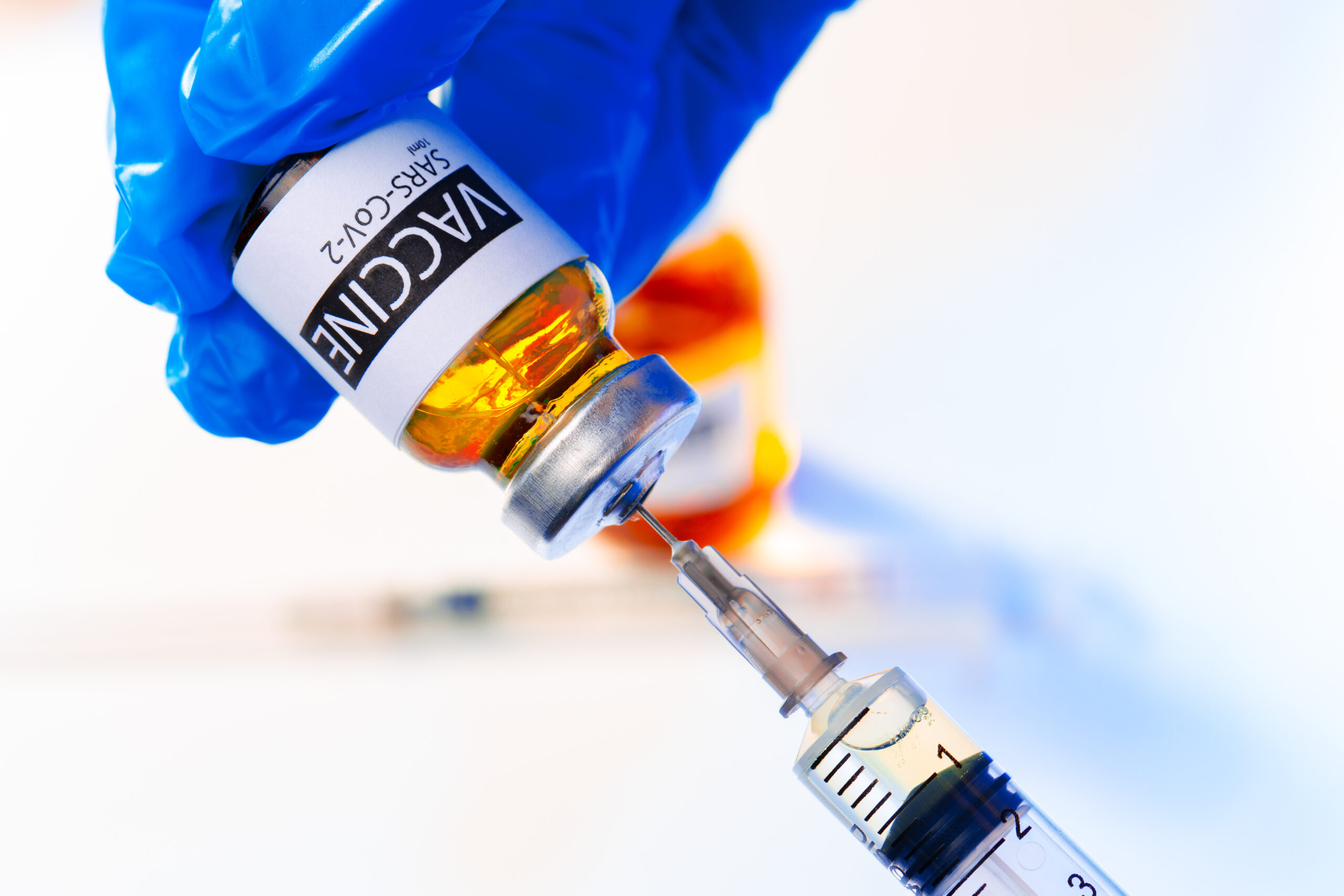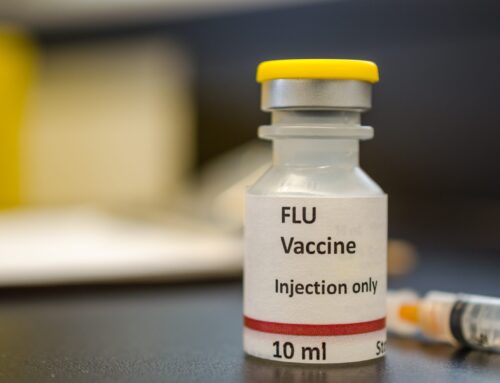The key difference between mRNA vaccines and traditional vaccines lies in how they deliver instructions to your immune system to recognize and fight off a virus.
Here’s a breakdown:
1. Mechanism of Action
Traditional Vaccines:
- Use inactivated viruses, weakened live viruses, or pieces of the virus (like proteins) to stimulate the immune system.
- Your body recognizes these components as foreign and builds immunity by producing antibodies and memory cells.
Examples:
- Measles, mumps, rubella (MMR) – live-attenuated
- Hepatitis A, polio (IPV) – inactivated
- Tetanus – toxoid
- HPV – protein subunit (virus-like particles)
mRNA Vaccines:
- Deliver synthetic messenger RNA (mRNA) into your cells.
- This mRNA carries instructions to make a viral protein, usually the spike protein (like in SARS-CoV-2).
- Your cells temporarily produce the spike protein, which then triggers an immune response.
Examples:
- Pfizer-BioNTech and Moderna COVID-19 vaccines
2. Speed of Development
- mRNA vaccines can be designed and manufactured quickly, because they do not require growing viruses in labs or harvesting viral proteins.
- Traditional vaccines can take months to years to develop, especially when culturing viruses or purifying proteins.
3. Safety Profile
mRNA Vaccines:
- Do not use live virus, so there’s no risk of causing disease.
- mRNA does not enter the cell nucleus, and cannot alter DNA.
- The mRNA is broken down quickly by the body after use.
Traditional Vaccines:
- Some live-attenuated vaccines (like MMR or yellow fever) carry a very rare risk of reversion to a pathogenic form in immunocompromised individuals.
4. Storage and Delivery
- mRNA vaccines are fragile and require ultra-cold storage due to the instability of the mRNA molecule.
- Traditional vaccines are generally more stable and have less stringent storage requirements.
5. Platform Flexibility
- mRNA platforms can be quickly adapted for emerging variants or new pathogens—ideal for pandemics.
- Traditional vaccine platforms require custom re-development for each new virus.
Summary Table:
| Feature | Traditional Vaccines | mRNA Vaccines |
| What’s Delivered | Whole virus or viral proteins | Synthetic mRNA coding for viral protein |
| Immune Trigger | Viral components presented to immune cells | Body produces viral protein, then immune response |
| Development Speed | Slower (months to years) | Fast (weeks to months) |
| Storage | Refrigerated (mostly stable) | Ultra-cold (fragile) |
| Risk of Infection | Possible in live-attenuated forms | None |
| DNA Interaction | None | None (mRNA never enters nucleus) |
Final Thought:
mRNA technology represents a new frontier in vaccinology, offering speed, precision, and adaptability. Traditional vaccines remain effective and are still widely used, but mRNA vaccines have opened the door for customized, rapid-response solutions to infectious diseases—and possibly even cancer and autoimmune therapies in the future.






Leave A Comment